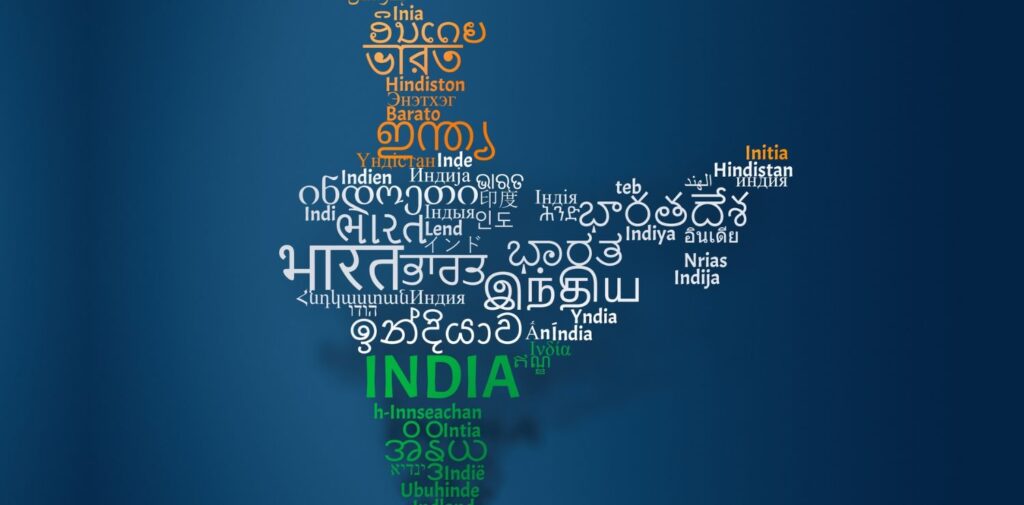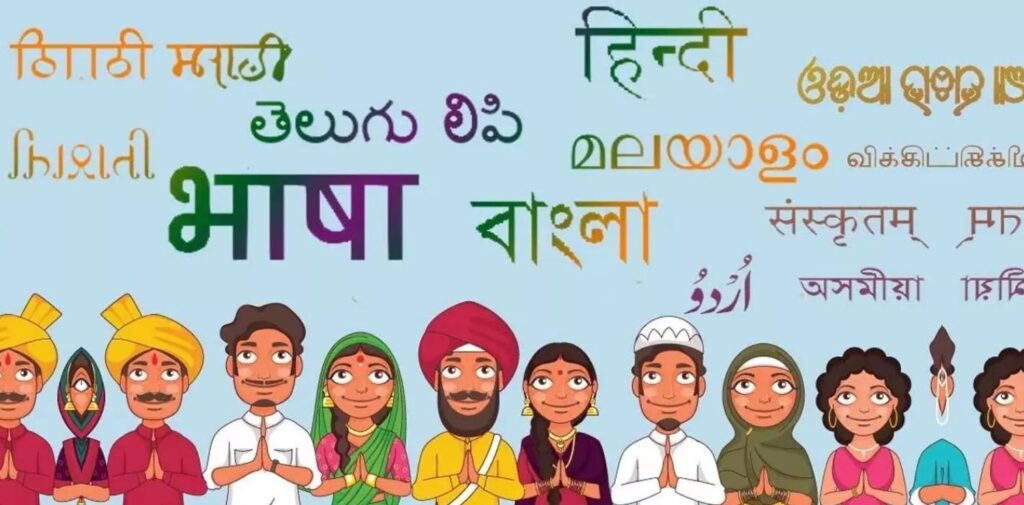Every year, 21st February is celebrated as International Mother Language Day. This day is dedicated to promoting the importance of mother languages in preserving cultural heritage, education, and communication. In India, where hundreds of languages and dialects are spoken, this day has great significance as it highlights the importance of linguistic diversity and the need to protect and promote languages that are part of our cultural identity.
Let’s dive deeper into what International Mother Language Day is all about and why it is so important, especially for India.
What is International Mother Language Day?
International Mother Language Day is observed worldwide on February 21st. It was proclaimed by the United Nations Educational, Scientific and Cultural Organization (UNESCO) in 1999, to celebrate the diversity of languages spoken around the globe. The purpose of the day is to raise awareness about the importance of mother languages, the first language we learn at home, and the need to preserve linguistic diversity. The theme for this day changes every year, focusing on different aspects of language, culture, and education.
The main goal of International Mother Language Day is to emphasize the significance of multilingualism, which means speaking multiple languages, and ensuring that people can use their mother tongues in education, communication, and social participation.

Why is Mother Language Important?
Your mother language is more than just a means of communication. It is deeply connected to your identity, culture, and history. It is the language in which you learn, think, and express yourself best. It shapes your worldview and connects you to your ancestors, traditions, and customs.
In India, there are more than 2,000 languages spoken across the country. Each of these languages carries its own unique history, traditions, and folklore. The mother language plays a huge role in family bonding, preserving customs, and passing on wisdom from generation to generation.
Here are a few reasons why mother languages are important:
- Cultural Identity: Your mother language is the language of your family, community, and culture. It is a link to your roots, helping you understand your traditions and customs.
- Emotional Connection: People express their deepest feelings and emotions more comfortably in their mother language. It’s the language you use to share your joys, sorrows, and memories.
- Effective Learning: Studies have shown that children learn better when they are taught in their mother tongue. It is easier for them to understand concepts, ideas, and lessons when explained in a language they are most familiar with.
- Linguistic Diversity: Every language is unique, and each one brings a different perspective to the world. Mother languages help preserve this linguistic diversity, making sure that no culture or community is lost to time.
- Social Inclusion: People who can speak their mother language feel more connected to society. It also helps in promoting equality and inclusion by making sure that no one is left behind due to language barriers.

International Mother Language Day in India
India is a country known for its rich linguistic diversity. With more than 22 officially recognized languages and hundreds of dialects, India is a melting pot of different cultures, each with its own distinct language. These languages are not just tools for communication but also symbols of cultural pride.
Some of the major languages spoken in India are:
- Hindi
- Bengali
- Telugu
- Marathi
- Tamil
- Gujarati
- Punjabi
- Urdu
- Malayalam
- Kannada
- Oriya
Apart from these, there are also many regional languages, such as Kashmiri, Konkani, Sindhi, Maithili, and Sanskrit, to name a few. Each of these languages has a rich literary tradition and is spoken by millions of people in India.
On International Mother Language Day, India celebrates its linguistic diversity by recognizing the importance of each language and its contribution to the cultural fabric of the nation. Various cultural events, activities, and discussions are held across the country to highlight the need for preserving and promoting the use of mother tongues.
In India, this day is especially important because of the diversity of languages spoken in different states. The linguistic diversity of India is one of the main reasons why the country has such a unique and rich culture. It is also why people take great pride in their mother language, whether it is Hindi, Bengali, Tamil, Gujarati, or any other.
The Significance of February 21st: A Historical Moment
The date 21st February was chosen to observe International Mother Language Day because of a tragic event in Bangladesh in 1952. On that day, students and activists in Dhaka (now the capital of Bangladesh) protested against the government’s decision to make Urdu the sole national language of East Pakistan (now Bangladesh), instead of recognizing Bengali as one of the national languages.
The protestors, who were mostly university students, demanded that Bengali be given equal status to Urdu. Tragically, many students were killed in the protests, and this event is remembered as Language Martyrs’ Day in Bangladesh. The sacrifice of these students paved the way for the recognition of Bengali as one of the official languages of Bangladesh.
In honor of this event, UNESCO chose February 21st as International Mother Language Day to highlight the importance of preserving languages and promoting linguistic diversity across the world.

Celebrating International Mother Language Day in India
In India, various organizations, schools, universities, and cultural groups observe International Mother Language Day in many creative ways. Some common activities include:
- Cultural Programs and Performances: Schools and colleges organize cultural programs where students perform folk dances, songs, and poetry in their mother language. This helps in preserving traditional art forms and spreading awareness about the beauty of different languages.
- Language Workshops and Competitions: Some institutions hold workshops and competitions in languages to promote fluency in mother languages. These competitions often include activities such as debates, essay writing, recitations, and storytelling.
- Awareness Campaigns: Various NGOs and cultural organizations organize campaigns to promote the importance of speaking and learning in one’s mother tongue. These campaigns encourage people to take pride in their language and pass it on to future generations.
- Film Screenings and Exhibitions: Some states in India also organize screenings of films and documentaries that showcase the history and culture of different languages. Exhibitions of books, scripts, and cultural artifacts in various languages are also held.
- Social Media Campaigns: With the rise of social media, many people use this platform to share posts, articles, and videos promoting the value of mother languages. Hashtags like #MotherLanguageDay and #LinguisticDiversity are used to spread awareness globally.
Challenges to Mother Language Preservation in India
While India’s linguistic diversity is a source of pride, there are several challenges that threaten the survival of many regional languages and dialects:
- Language Shift: With globalization and the increasing dominance of languages like English and Hindi, many young people are losing interest in their native languages. They prefer to speak in more widely used languages for better career prospects and social acceptance.
- Language Death: Many languages in India, especially tribal languages, are at risk of extinction. These languages often don’t have a written form, and as older generations pass away, there’s no one left to carry forward these languages.
- Educational Barriers: In some areas, children are not taught in their mother tongue in schools, which can affect their understanding of subjects. This is particularly common in urban areas where English is often the medium of instruction.
- Lack of Support for Smaller Languages: Smaller languages, particularly those spoken by indigenous and tribal communities, often do not receive enough attention or support. These languages face challenges in terms of documentation, literature, and media representation.
Conclusion: International Mother Language Day
International Mother Language Day is a reminder of the importance of languages in shaping our culture, identity, and relationships. For a country like India, where every language tells a story and represents a unique culture, it is crucial to ensure that these languages are preserved and passed on to future generations.
On this day, we should celebrate and appreciate the beauty of our mother languages and commit to safeguarding them for the future. We must encourage the younger generation to take pride in speaking their native languages while embracing multilingualism. Let’s make sure that every mother language, no matter how big or small, continues to thrive and enrich our lives.
So, on 21st February, let’s all come together to honor our languages, share their beauty, and understand their significance in building a stronger, more inclusive world.




